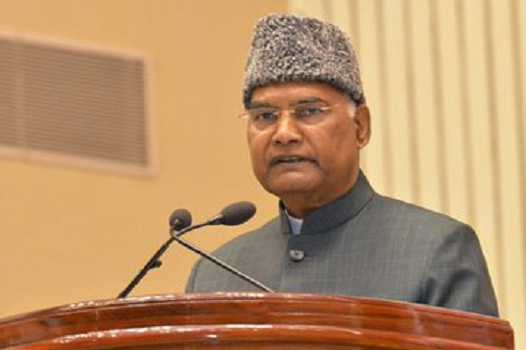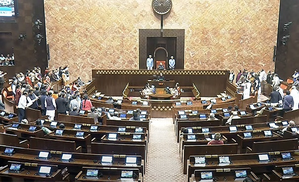Coal-fired power generation surges on economic recovery, threatens net zero targets

New Delhi, Dec 17: On the back of strong rebound in global economy, coal-fired power generation is expected to hit record high in 2021 threatening net zero targets.
After witnessing a decline in 2019 and 2020, global power generation from coal is expected to jump by 9% in 2021 to an all-time high of 10,350 terawatt-hours, as per International Energy Agency (IEA)’s Coal report released on Friday.
The downward trend in the previous two years suggested that coal-based power generation might have peaked in 2018 but the latest figures have dashed the hopes.
The Coal report said that China, where more than half of global coal-fired electricity generation takes place, may see demand rising by 9% in 2021 despite a deceleration at the end of the year.
In India, it is forecast to grow by 12%.
“This would set new all-time highs in both countries, even as they roll out impressive amounts of solar and wind capacity,” the IEA report said.
Asia consumes bulk of the global coal with China and India accounting for two-thirds of overall demand. The two countries’ consumption patterns set the global trend to great extent.
According to IEA, coal power generation is set to increase by almost 20% this year in the United States and the European Union but that would not be enough to take it above 2019 levels.
“Coal use in those two markets is expected to go back into decline next year amid slow electricity demand growth and rapid expansion of renewable power,” it said.
The Paris-based international agency said that increase in power demand is being driven by this year’s rapid economic recovery, which has pushed up electricity demand much faster than low-carbon supplies can keep up.
Further, the steep rise in natural gas prices has also increased demand for coal power by making it more cost-competitive.
“Coal is the single largest source of global carbon emissions, and this year’s historically high level of coal power generation is a worrying sign of how far off track the world is in its efforts to put emissions into decline towards net zero,” said IEA Executive Director Fatih Birol.
“Without strong and immediate actions by governments to tackle coal emissions – in a way that is fair, affordable and secure for those affected – we will have little chance, if any at all, of limiting global warming to 1.5 °C,” Birol said in a press note.
In 2020, global coal demand fell by 4.4%, the largest decline in decades but much smaller than the annual drop that was initially expected at the height of the lockdowns early in the pandemic, the report showed.
On coal price trends, the IEA observed that it had been on a roller-coaster ride over the past two years. After falling to US$ 50 per tonne in the second quarter of 2020, coal prices started to climb towards the end of the year, with supply cutbacks balancing the market before rebounds in economic activity and coal demand in China started pushing prices up.
In 2021, said the think-thank, prices were lifted further by demand outstripping supply in China.
“Coal prices reached all-time highs in early October 2021, with imported thermal coal in Europe, for example, hitting US$ 298 per tonne. Quick policy intervention by the Chinese government to balance the market had a rapid effect on prices. As of mid-December, European prices were back below US$ 150 per tonne,” the agency said.






